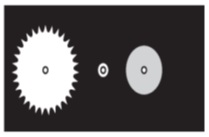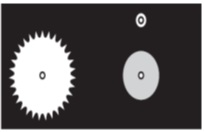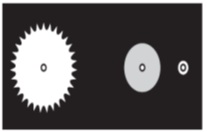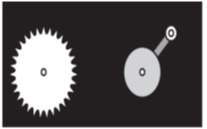
Science Mid Term Exam 2019-2020
Assessment
•
Maribel Garcia
•
8th Grade
•
95 plays
•
Hard
Student preview

50 questions
Show answers
1.
Multiple Choice

Two friends want to go for a night hike when there is a full moon in July.
If there is a third-quarter moon on July 2, what is the approximate date of the next full moon?
July 9
July 16
July 23
July 30
2.
Multiple Choice

The diagram below shows four consecutive moon phases.
Which of the following diagrams shows the next four moon phases in the correct order?




3.
Multiple Choice

A student must complete the column of the table that lists the dates of the full moons.
What are the most likely dates of the full moons?
February 5, March 7, April 5, May 4.
February 15, March 17, April 15, May 14.
February 25, March 27, April 25, May 24.
February 29, March 31, April 29, May 28.
4.
Multiple Choice

On July 4, 1776, the American colonies declared their independence. The table shows the lunar phases for June 1776.
What lunar phase occurred on July 4, 1776?
Waning gibbous
Waxing gibbous
Waning crescent
Waxing crescent
5.
Multiple Choice

A student uses paper and fasteners to create a model of Earth, the sun, and the moon. The sun and Earth are attached to the paper background, while the moon is free to revolve around Earth.
Which diagram shows the objects arranged so that a new moon would be visible from Earth?




Explore all questions with a free account
Find a similar activity
Create activity tailored to your needs using
.svg)

Moon and Tides
•
6th - 8th Grade

Tides Season Moon Phases
•
6th - 8th Grade

Earth and Space Moon Phases
•
6th - 8th Grade

Science The Moon And Tides
•
6th - 8th Grade

Science
•
8th Grade

Science
•
8th Grade

Lunar Cycle and Tides Review
•
6th - 8th Grade

Moons Phases
•
6th - 8th Grade